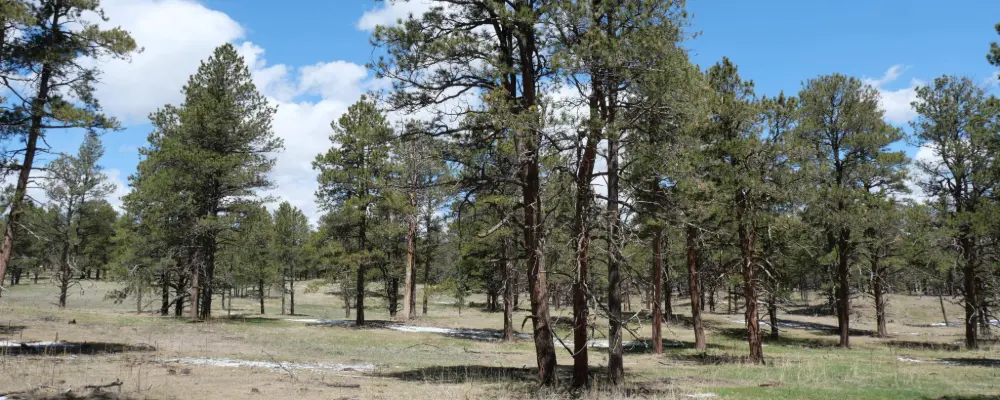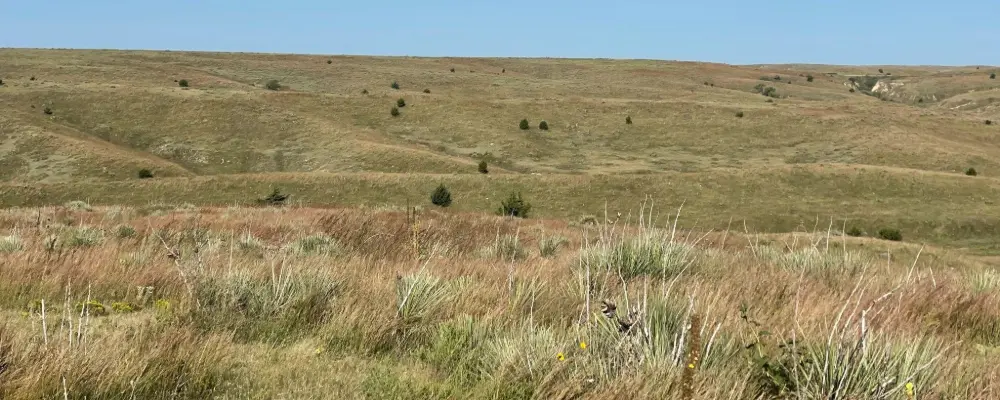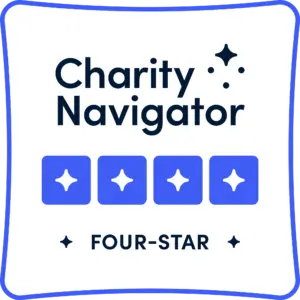Current Projects
Bird Conservancy’s Stewardship team implements habitat conservation across wetlands, grasslands and forested habitats of the Intermountain West and the Great Plains. Although much of our work is through one on one partnerships with landowners, we strive to work within landscape scale conservation initiatives for greater impact. Our partner-based approach to habitat conservation and delivery fosters trust, builds communities of practice and makes working lands a priority for future generations.
Stewardship of our land, water and wildlife ensures the continuation of working lands and the preservation of natural beauty for generations to come.
Habitat
Habitat, our home or environment, is essential for all living things to thrive. Bird Conservancy believes that the best stewards of the land and habitat are those who rely on it for their livelihoods. Our projects are driven by resource concerns identified by private landowners, land managers and resource professionals with an aim towards improving wildlife habitat while simultaneously supporting communities. Below, we have highlighted serval projects that demonstrate how working lands can support habitat for wildlife in various landscapes.
Forests
Ponderosa Pine Restoration

On the eastern slopes of the Spanish Peaks in Las Animas County, we are working with a landowner to restore a ponderosa pine stand. The sheer number of old growth ponderosa pines on this property is rare, as much of the area was logged ~100 years ago. This forest evolved to have surface fires approximately every 10-60 years. The presence of these old trees helps to show the historic spacing of the ponderosa trees before fire was removed from the system. With fire suppression, this stand has become overly dense with young, even-aged trees, which has led to more severe fire conditions. The wildlife in this area are adapted to a frequent fire regime and many species require the more open structure and breaks in the canopy that would historically exist in this forest. These openings allow the growth of grasses, forbs and shrubs, thus supporting greater biodiversity in the understory. The forest management plan we are developing will open up the forest to restore these habitat elements and surface fire conditions. This will improve overall forest health, wildlife habitat and reduce the risk of severe wildfire.
Grasslands
Eastern Red Cedar Removal

Eastern red cedar encroachment has expanded across Nebraska grasslands for decades and is one of the greatest threats to grassland birds and rangeland production. Our biologist in southwest Nebraska recently worked on two projects to restore 3,837 acres of mixed grass prairie grasslands. The sites are dominated by native warm-season grasses with scattered eastern red cedar trees encroaching. These are privately-owned working rangelands where the landowners implemented rotational grazing to promote variable vegetation structures benefitting grassland birds such as, Grasshopper Sparrows, Lark Buntings, Western Meadowlarks, Upland Sandpipers and Greater Prairie-Chickens. These landowners recognized the cedar invasion threat early and we provided funds from the Nebraska Game and Parks Commission. It was exciting to see two neighbors collaborating to address a major grassland threat, due to their collaboration, work was completed in only three months. Our biologist’s effort to reach out to landowners has generated immense interest in grassland conservation.
Shrublands
Improvements to Gunnison Sage-Grouse Habitat

Bird Conservancy of the Rockies has been working with Ute Mountain Ute Tribe to improve grazing management for Gunnison Sage-Grouse (GUSG) habitat in Gunnison County, Colorado. The ranch is on the western edge of GUSG habitat within the Gunnison Basin and has four leks (breeding grounds) for grouse as well as relatively high elevation and mesic habitat that has excellent potential for brood-rearing. However, the ranch has historically used a four-acre pasture rotation throughout the summer season and cattle tended to camp out down in the drainage bottoms where brood rearing typically occurs. While the Tribe was interested in improving grazing management, they did not want to increase fencing on the ranch due to concerns about wildlife entanglement and collision risk. The project, funded by Natural Resources Conservation Service, uses range riding and drift fences to manage cattle across the 18,000-acre ranch. Therefore, the best solution was to design a range-riding program where cowboys actively push cattle out of drainages and onto the hillsides. This allows for more vegetation recovery within the drainage bottoms, providing better cover and higher insect abundance for chicks during the brood-rearing period. In a single year, this has already improved cover and height of vegetation and slowed erosion in drainage bottoms.
Wetlands
Wetland and Riparian Management

In 2024, Bird Conservancy partnered with two landowners in northeastern Colorado, Colorado Parks and Wildlife, Natural Resources Conservation Services and Ducks Unlimited on a large-scale slough project that restored over 35 acres of riparian habitat, opened 2 miles of slough habitat and incorporated beaver coexistence structures that increased wetland connectivity. Sloughs are shallow, slow-flowing side channels adjacent to rivers. Along the South Platte River, they are often disconnected from surface water in the river and are supplied by warmer groundwater, so they typically remain open longer during cold winters. This provides essential habitat for wildlife including migratory birds, overwintering waterfowl, shorebirds and other wildlife. Over time, sloughs fill in with sediment and become overgrown with cattails and willows. Restoration of these systems involves dredging out excess sediments and removing encroaching vegetation to promote open water. Not only do these projects benefit birds, they aid landowners in increasing their groundwater retention, leading to greener, more productive landscapes.






